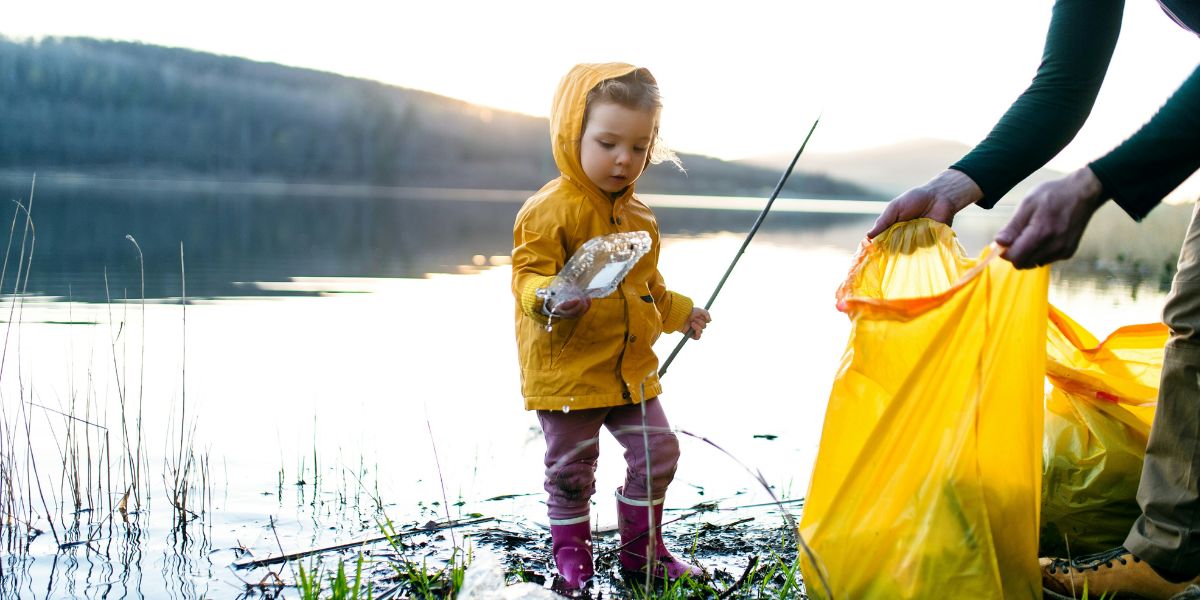Alright, let’s talk about polar bears and why they’re in danger. These majestic creatures, known for their white fur and icy habitat, are facing a number of threats that are putting their survival at risk. From climate change and habitat loss to pollution and human encroachment, polar bears are facing an uncertain future—and it’s up to us to take action to protect them. So grab a cup of hot cocoa, bundle up in your warmest sweater, and let’s dive into all the reasons why polar bears are in danger and what we can do to help save them.
First things first, let’s talk about climate change. As global temperatures rise, the Arctic ice cap is melting at an alarming rate, shrinking the polar bears’ habitat and making it harder for them to find food and raise their young. Polar bears rely on sea ice as a platform for hunting seals, their primary prey, but with less ice to hunt on, they’re being forced to travel farther distances and spend more time on land, where food sources are scarce. This loss of habitat is putting polar bears at risk of starvation, malnutrition, and reduced reproductive success, leading to declines in their population size and overall health.
But it’s not just climate change that’s threatening polar bears—it’s also pollution. As industrial activity and human development expand in the Arctic, so too does the amount of pollution entering the polar bears’ environment. From toxic chemicals and oil spills to plastic waste and marine debris, polar bears are being exposed to a range of pollutants that can harm their health and well-being. These pollutants can accumulate in the bears’ bodies over time, leading to a variety of health problems, including reproductive issues, immune system disorders, and developmental abnormalities. And because polar bears are at the top of the Arctic food chain, they’re particularly vulnerable to the effects of pollution, which can bioaccumulate and magnify as they move up the food chain.
Another major threat facing polar bears is human encroachment on their habitat. As the Arctic ice melts and recedes, polar bears are being forced to come into closer contact with humans and their communities, leading to conflicts and confrontations that can result in injury or death for both bears and people. In some cases, polar bears may wander into residential areas in search of food, leading to dangerous encounters with humans and the need for intervention by wildlife officials. In other cases, polar bears may be hunted or killed by humans for their fur, meat, or other body parts, further reducing their already vulnerable population numbers and exacerbating their endangerment status.
But perhaps one of the biggest threats facing polar bears is the loss of their primary prey, the ringed seal. As sea ice declines and becomes more unstable, ringed seals are facing increased challenges in finding suitable ice habitat for breeding, pupping, and raising their young. This loss of habitat is leading to declines in ringed seal populations, which in turn affects the availability of prey for polar bears. Without enough seals to eat, polar bears are being forced to search for alternative food sources, such as scavenging for food scraps in garbage dumps or preying on other marine mammals like walruses and beluga whales. This shift in diet can have serious consequences for polar bears’ health and survival, as it may not provide them with the nutrients and energy they need to thrive in their harsh Arctic environment.
In conclusion, polar bears are facing a number of threats that are putting their survival at risk, from climate change and habitat loss to pollution and human encroachment. But despite these challenges, there’s still hope for polar bears if we take action to address the root causes of their endangerment and work together to protect their habitat and ensure their long-term survival. By reducing our carbon footprint, minimizing pollution, and respecting polar bears’ natural habitat, we can help ensure that these iconic creatures continue to roam the Arctic for generations to come. So let’s roll up our sleeves, join forces with conservation organizations, and do our part to save the polar bears before it’s too late.








